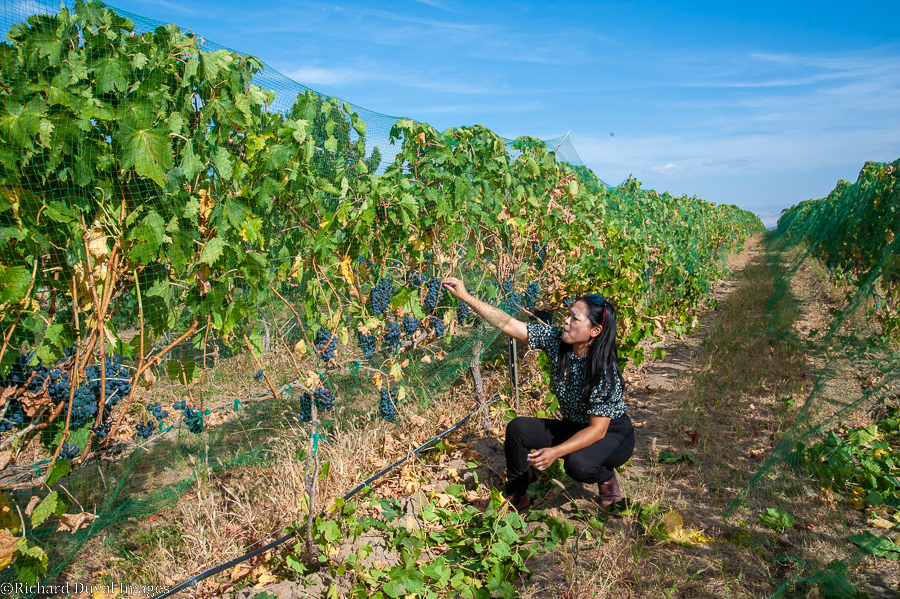WELCOME TO THE NEW OLD WORLD OF WINE
Terroir is a French term. It has no direct equivalent in the English language, so we use the original word when we talk about wine. As a definition, terroir can be described as the force of regional character. What does that mean? Well, wine is a very impressionable liquid. It’s aromas, flavors, and textures certainly reflect its specific grape variety. But Cabernet, for example, that is grown in one place is never the same as Cabernet grown in another location—even if the growers and winemakers work in exactly the same way.
How come? It’s because the complex combinations of local topography, climatic conditions, soil composition, and many other environmental factors are not the same—and wine acts as a medium for all of these nuances from any given place of origin. Such personality of place, as conveyed in the glass, is called terroir. And it’s very handy to have this concept to help us explain why Walla Walla is such a fabulous place to cultivate world-class wine.
“I only work with vineyard sources that have a voice, that have something to say.”
— Keith Johnson, Devium Wines
Consider the special range of soils carpeting our Valley. The variations are nearly infinite, but we refer to four major categories. At the lowest elevations are cobblestone river gravels. These are fields literally covered with dark basalt stones, and they soak up the warmth of the sun before releasing it back at the vines after twilight. These soils are very well-drained (which is great for wine quality), and they are rich in iron, calcium, magnesium and other minerals that fuel remarkable flavors.
The next category is known as loess (pronounced “luss”) layered over flood sediments. Loess is fine, wind-blown silt; and it measures two to four feet deep here in areas below 1,100 feet in elevation. Beneath the loess are coarser layers of sand and gravel deposited by catastrophic, glacial floods that swept through this region about 15,000 years ago. The result is a complex mix of minerals, and it lends a corresponding complexity to the wines grown in these sites.
The uplands above 1,100 feet in elevation are home to the soil category we call deep silts. As with the previous soil type, this silt is fine, wind-blown loess. But in these higher locations the powdery soil measures more than eight or 10 feet thick! Vines planted here are able to send their roots very deep, and they produce grapes with pure, bright aromatic and flavor characters.
The final soil category is very thin silt sprinkled over weathered basalt. It’s found on steep, southwest-facing hillsides, and it consists of just a few inches of very fine, wind-blown soil over the ancient volcanic bedrock that supports our entire region. These rocky materials represent the most complex terrain in our valley, and we are still learning what they mean to the vines we grow there and the wines they yield. As you can see, the word terroir covers a lot of ground in Walla Walla. But if you’d like even more details about our special corner of the grape-growing globe, please see the Facts on the Valley page.
“It was my desire to make it the most terroir-driven appellation in the country. It’s 97 percent one soil series. It’s remarkably consistent in terms of soils, aspect, slope and elevation—all of the principle characteristics that come together to make terroir.”
— Kevin Pogue on the creation of The Rocks of Milton-Freewater AVA

